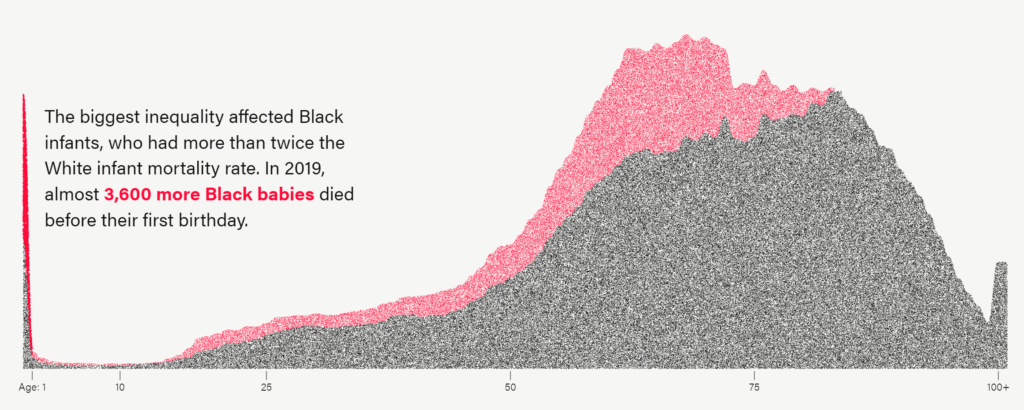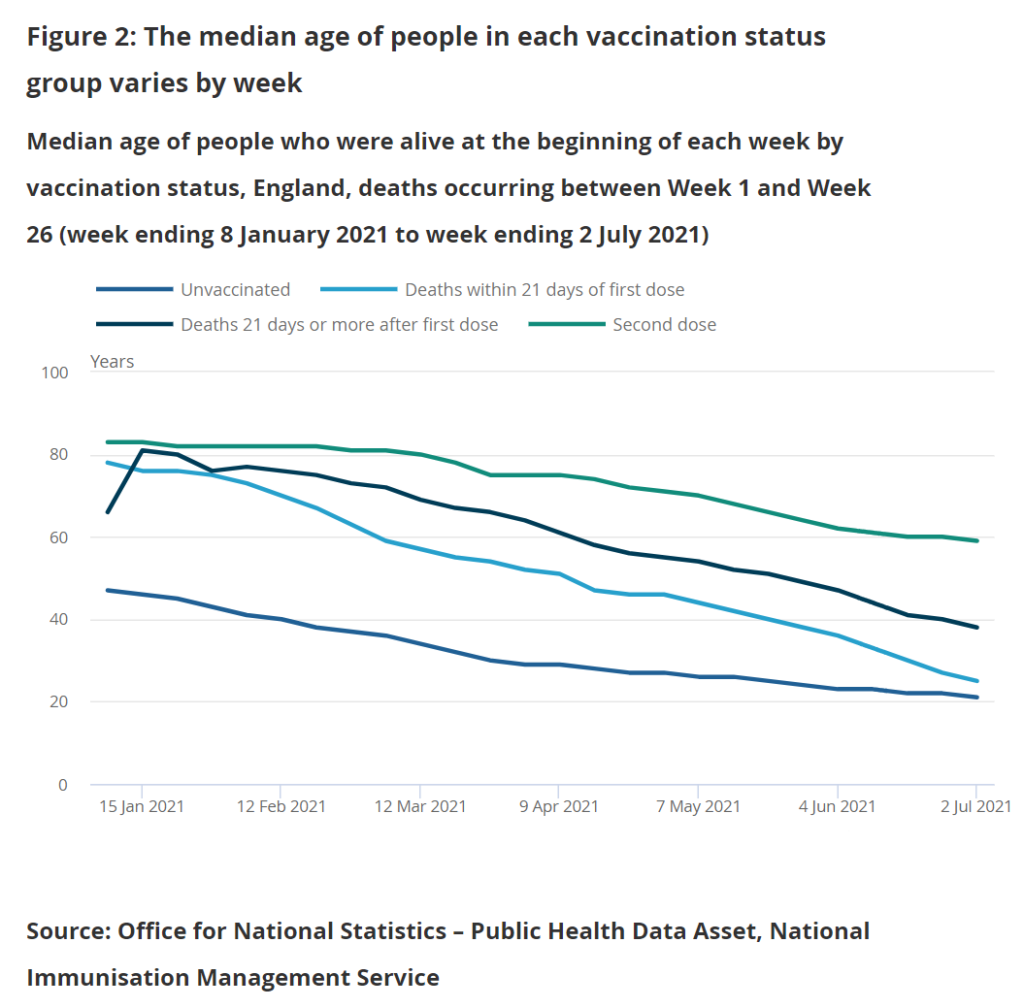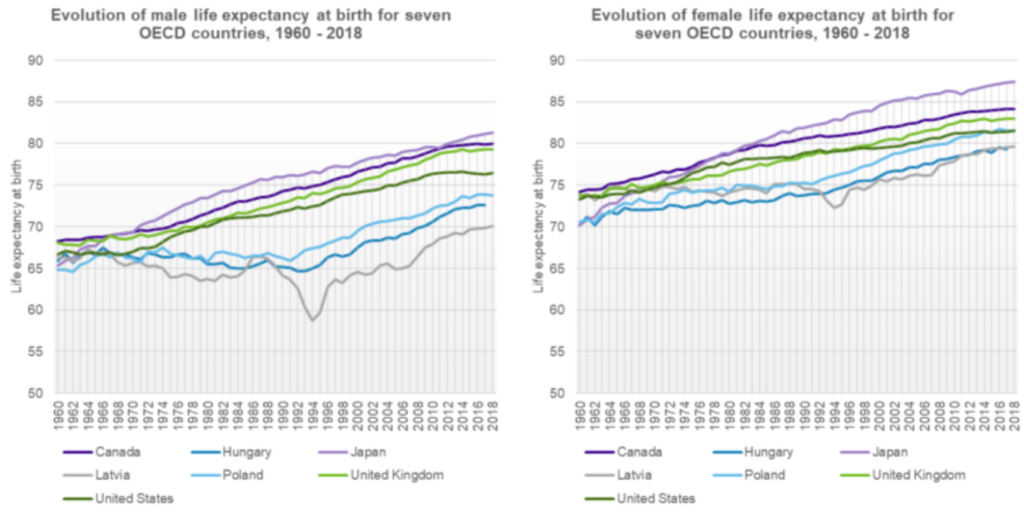Excerpt:
Russia’s daily tolls of coronavirus infections and deaths surged to another record on Friday, a quickly mounting figure that has put a severe strain on the country’s health care system.
The government’s coronavirus task force reported 32,196 new confirmed coronavirus cases and 999 deaths in the past 24 hours.
The record for daily COVID-19 deaths in Russia has been broken repeatedly over the past few weeks, as fatalities steadily approach 1,000 in a single day. It comes amid increasing infections and a reluctance by authorities to toughen restrictions that would further cripple the economy.
The government said this week that about 43 million Russians, or just about 29% of the country’s nearly 146 million people, are fully vaccinated. Authorities have tried to speed up the pace of vaccination with lotteries, bonuses and other incentives, but widespread vaccine skepticism and conflicting signals from officials stymied the efforts.
Author(s): VLADIMIR ISACHENKOV
Publication Date: 15 Oct 2021
Publication Site: AP



